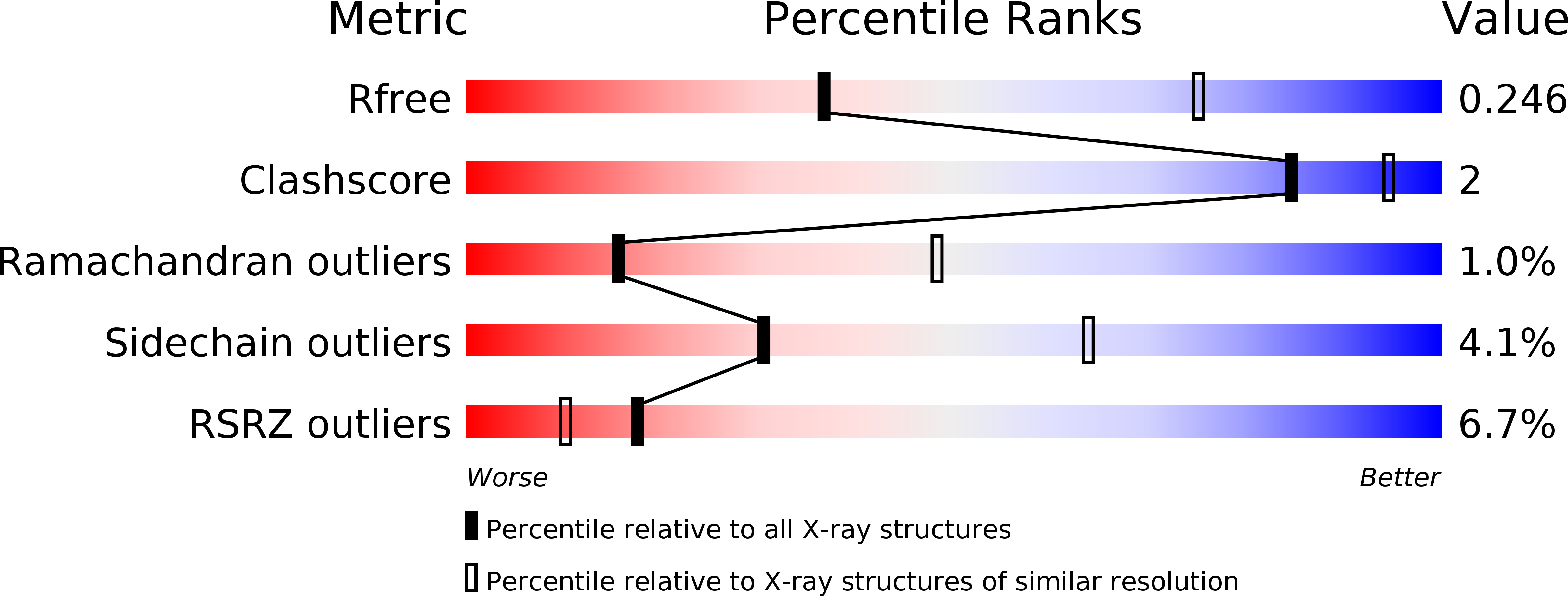
Deposition Date
2018-05-02
Release Date
2018-05-23
Last Version Date
2024-11-13
Method Details:
Experimental Method:
Resolution:
2.96 Å
R-Value Free:
0.25
R-Value Work:
0.23
R-Value Observed:
0.23
Space Group:
P 1


